Our pets are not just companions; they are essential members of our families who deserve the same care and love as anyone else. When it comes to your pet’s health and safety, many of us keep up with their diet and exercise, and go to regular check-ups at the vet, but we seldom realize the dangers of our animal friends when it comes to choking.
CPR and First Aid knowledge of our furry family members will put you and everyone in your family at ease, as one feels great pride knowing that members of the family are protected from the disaster of choking and unresponsive pets. At Coast2Coast First Aid and Aquatics, we are also animal lovers and deeply value our pets’ health and life standards. With our pet first-aid courses, we are trying to raise awareness to not only get yourself First-Aid certified, but also for your pets.
CPR for Dogs and Cats
Have you ever wondered how to perform CPR on a dog? How about how to do CPR on a cat? In this blog, we’ll go over the various steps needed to perform CPR for a dog and CPR for a cat.
Pet CPR is a quintessential application that provides the best care for your family and animals. With our six steps provided by the American Red Cross, you can perform CPR for a dog or CPR for a cat with mastery and expertise!
Step One: Check for Breathing and Heart Rate
If your pet is acting abnormally and reacting in a peculiar situation with limited movement, you need to check to see if they are breathing. If their chest is rising and falling, and you can feel their heartbeat, then they are breathing. If not, the pet is not breathing and will require you to perform Pet CPR with chest compressions over the animal’s heart.

Ready to be a Lifesaver for Your Furry Friends?
Step Two: Begin Chest Compressions
To begin chest compressions on your furry friend, put your hands on them accordingly:
CPR for a Cat or Small Dog:
Place the heel of one of your hands (the most used one in preference) directly over the animal’s heart, and place your other hand directly above the primary hand.
CPR For Deep-Chested (bloated-chested) Dogs:
Place the primary hand over the dog’s widest part of the chest, and place the other hand directly above.
CPR for Barrel-Chested (round-chested) Dogs:
Have the dog be put on their back, and place one hand over the largest part of the breastbone, and the other hand directly on top of the first hand.

Before you begin compressions, make sure your elbows are locked in place and that your shoulders are directly above your hands.
To start the compressions, you need to push hard and perform at a fast pace of 100-120 compressions per minute, with compressions the width of ⅓ to ½ of your animal’s chest. Make sure the chest has risen to its natural level before beginning compressions once more. Proceed with 30 chest compressions.
Step Three: Administer Rescue Breaths
To start giving breaths, gently close the pet’s mouth and elongate the neck to open the airway. Cover the nose or snout with your mouth and administer breaths until their chest begins rising with each heartbeat. Follow up with a second breath.
Step Four: Continue Performing CPR
If your pet is still not breathing, continue with the cycle of 30 compressions and two rescue breaths until they are breathing on their own.
Step Five: Check for Breathing and Heart Rate (After CPR)
After completing CPR on your animal, continue every two minutes to check the breathing and heart rate in case breathing ceases again.
Step Six: Get Professional Help
Whether your pet is back to breathing at their standard rate or still needing CPR to supply air, the immediate action is to take your loved one to a vet and get them checked out for any other health concerns.
If necessary, continue performing CPR while transporting you and the animal to the vet.

Pet CPR Saves Lives
Pets’ lives matter, and it is up to us as owners/foster owners/dog and cat sitters to make sure their well-being is a top priority. It is crucial to not only be trained in pet CPR/First Aid, but to be trained in regular CPR/AED and First Aid classes, which we offer at Coast2Coast First Aid & Aquatics Inc. All members of our families should be protected, from our cats and dogs to our kids and partners.
Coast2Coast provides online only Pet First Aid training through the Canadian Red Cross. Training can be done from anywhere at any time, making it convenient to learn valuable life-saving skills for your pets. This course not only teaches you how to perform pet CPR, but also teaches you how to recognize vital signs, manage wounds and bleeding, assist with seizures, and covers preventative care.
Contact Coast2Coast to see how you can get registered and have your family, pets and friends feel safe and secure with your First Aid and CPR training!

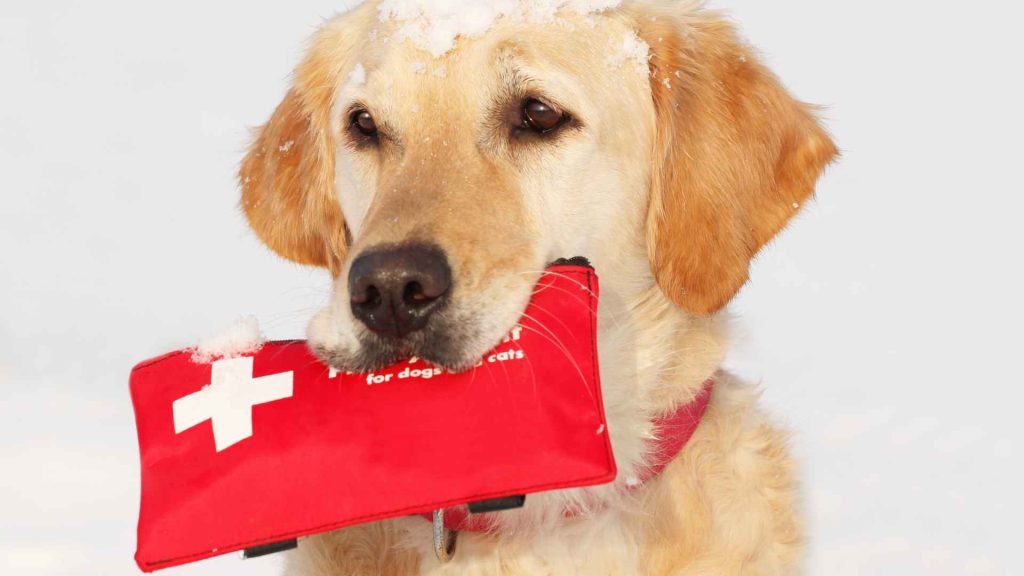






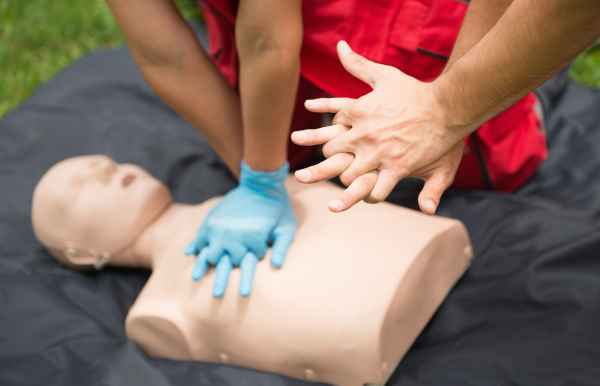


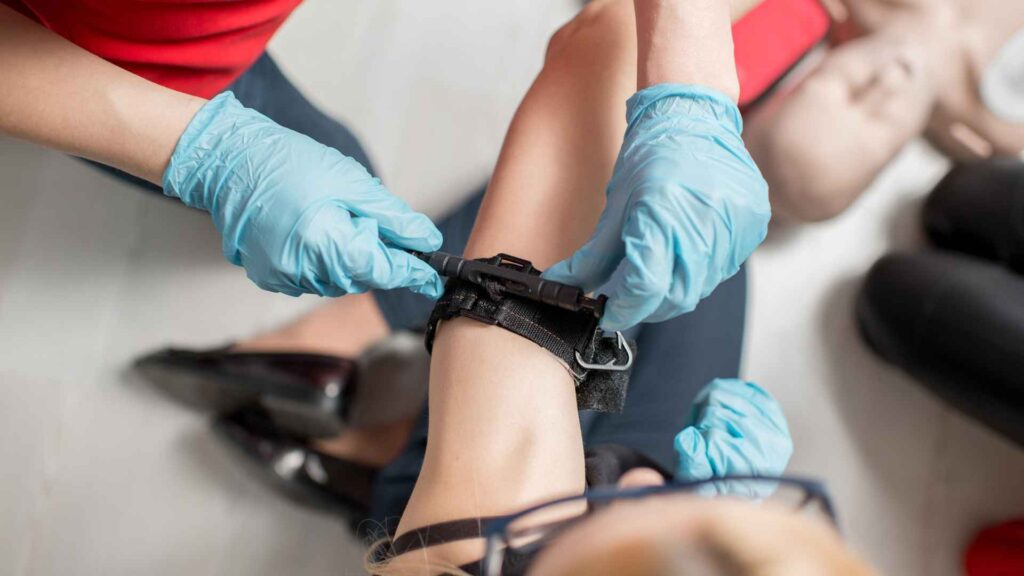


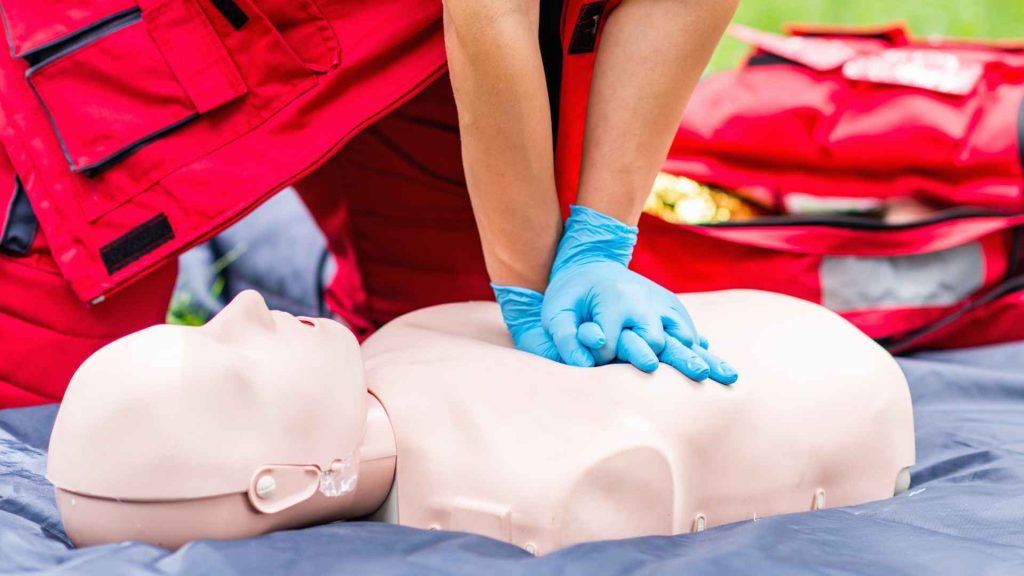

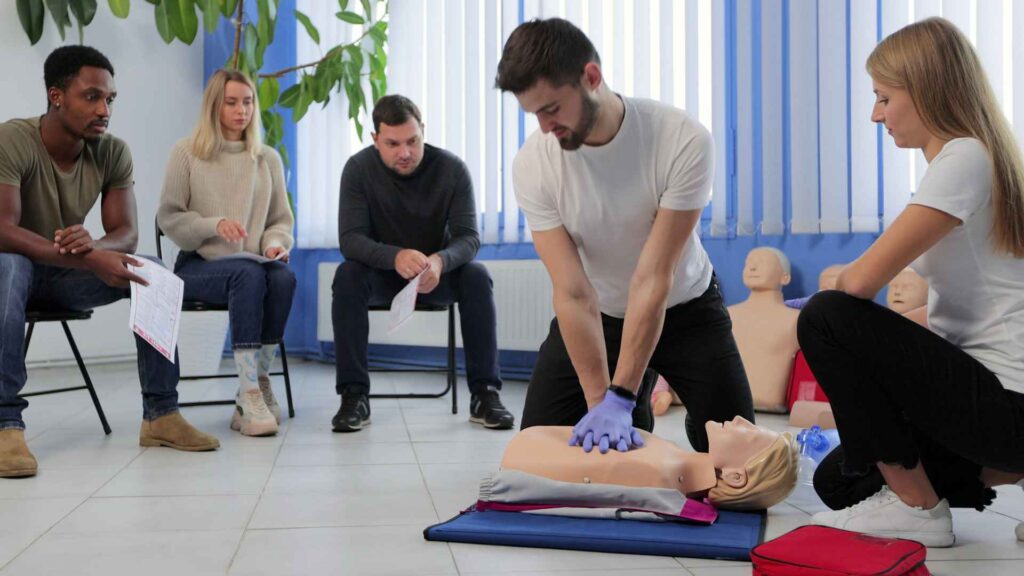
No comment yet, add your voice below!